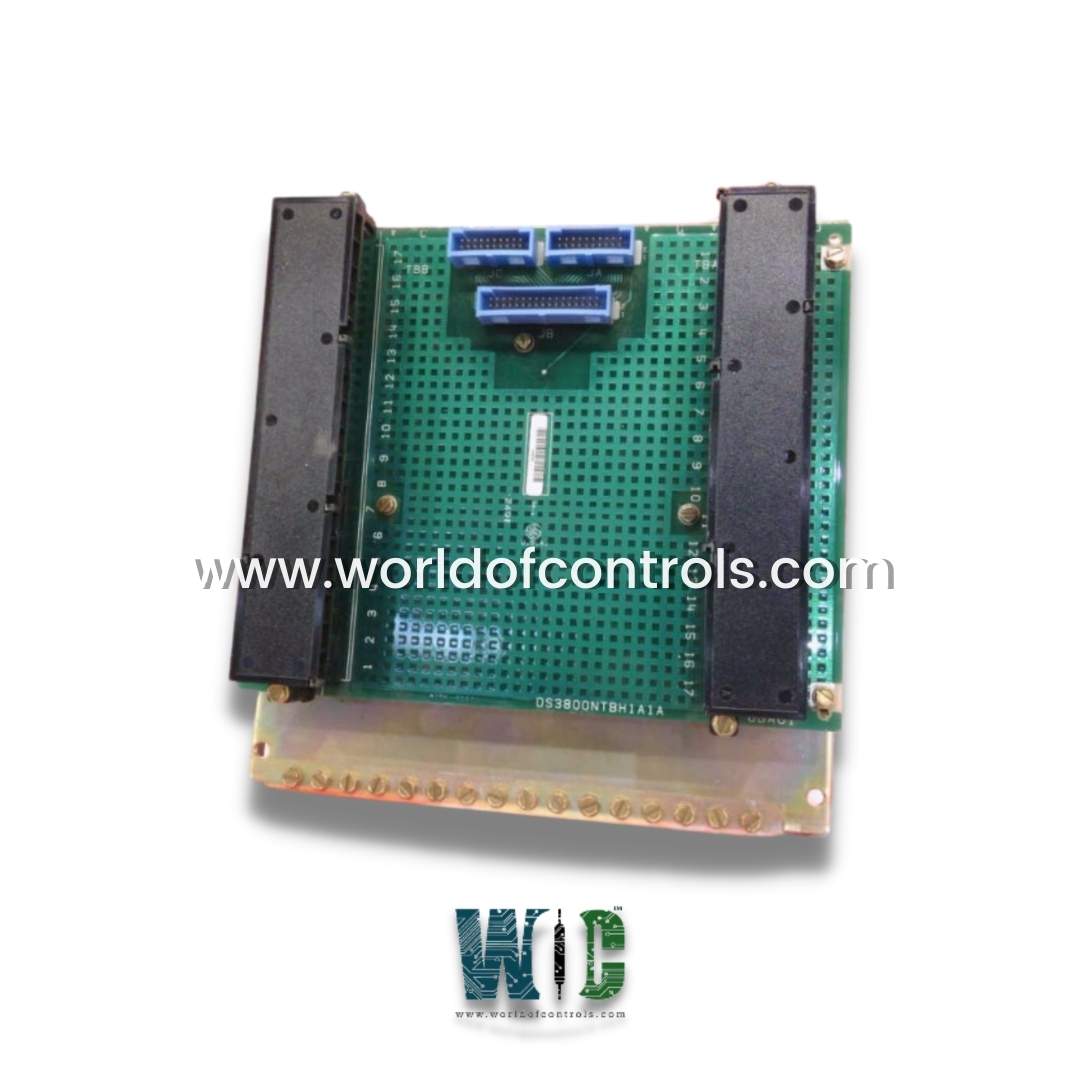
World Of Controls understands the criticality of your requirement and works towards reducing the lead time as much as possible.
DS3820ATMA - Analog Test Module is available in stock which ships the same day.
DS3820ATMA - Analog Test Module comes in UNUSED as well as REBUILT condition.
To avail our best deals for DS3820ATMA - Analog Test Module, contact us and we will get back to you within 24 hours.
SPECIFICATIONS:
Part Number: DS3820ATMA
Manufacturer: General Electric
Series: Mark IV
Product Type: Analog Test Module
Function: Analog signal test and simulation module
Signal Types Supported: Voltage (0–10 VDC)
Number of channels: 12
Operating temperature: -45 to 55 °C
Size: 8.24 cm high x 4.16 cm
Repair: 3-7 days
Availability: In Stock
Weight: 2 lbs
Country of Origin: United States
FUNCTIONAL DESCRIPTION:
DS3820ATMA is an Analog Test Module manufactured and designed by General Electric as part of the Mark IV Series used in GE Speedtronic Gas Turbine Control Systems. Turbine control systems rely on a multitude of sensors and actuators to regulate parameters such as temperature, pressure, and speed. The ATM serves as the interface between these sensors/actuators and the central control unit, enabling real-time monitoring and adjustments. The integrity of turbine operations is synonymous with safety and reliability. By providing accurate data acquisition and control capabilities, ATM contributes to the safe and efficient operation of turbines, minimizing the risk of malfunctions and downtime. The module allows technicians to inject known analog signals (e.g., 0–10 VDC, ±5 V, 4–20 mA) into specific channels to evaluate loop integrity, signal scaling, sensor calibration, and processor response. Internally, the module features precision resistors, isolation amplifiers, and noise-suppression components to ensure high accuracy and minimal signal distortion during diagnostic procedures.
COMPONENTS OF ANALOG TEST MODULE:
FUNCTIONING OF ANALOG TEST MODULE:
World of Controls maintains the largest inventory of replacement parts for GE Speedtronic turbine control systems, including Mark I to Mark VI series. We offer both unused and professionally rebuilt components, fully tested and backed by a warranty, to ensure system reliability and minimize downtime. Our team of experienced engineers is available 24/7 to support your OEM and automation needs, from part identification and system diagnostics to integration assistance. Whether you require hard-to-find legacy modules or repair services, WOC is committed to delivering fast, reliable solutions. For pricing, availability, or technical support, please contact us via phone or email.
What communication protocols are commonly supported by ATM solutions?
Common communication protocols supported by ATM solutions include Modbus, Profibus, and Ethernet. These protocols enable seamless integration with the central control unit and other peripheral devices, facilitating interoperability, data exchange, and communication in turbine control systems.
What are some challenges associated with integrating ATMs into existing control systems?
Challenges associated with integrating ATMs into existing control systems may include compatibility issues with legacy systems, non-standardized environments, and the need for careful planning, testing, and potential customization. Addressing these challenges requires a thorough understanding, expertise, and adherence to industry best practices.
How does the integration of ATM with IoT and AI technologies enhance turbine control systems?
The integration of ATM with the Internet of Things (IoT) and Artificial Intelligence (AI) technologies opens new possibilities for predictive maintenance, performance optimization, and remote monitoring. Real-time data analytics and machine learning algorithms empower turbine operators with actionable insights and decision support capabilities, ultimately enhancing efficiency, reliability, and operational excellence.